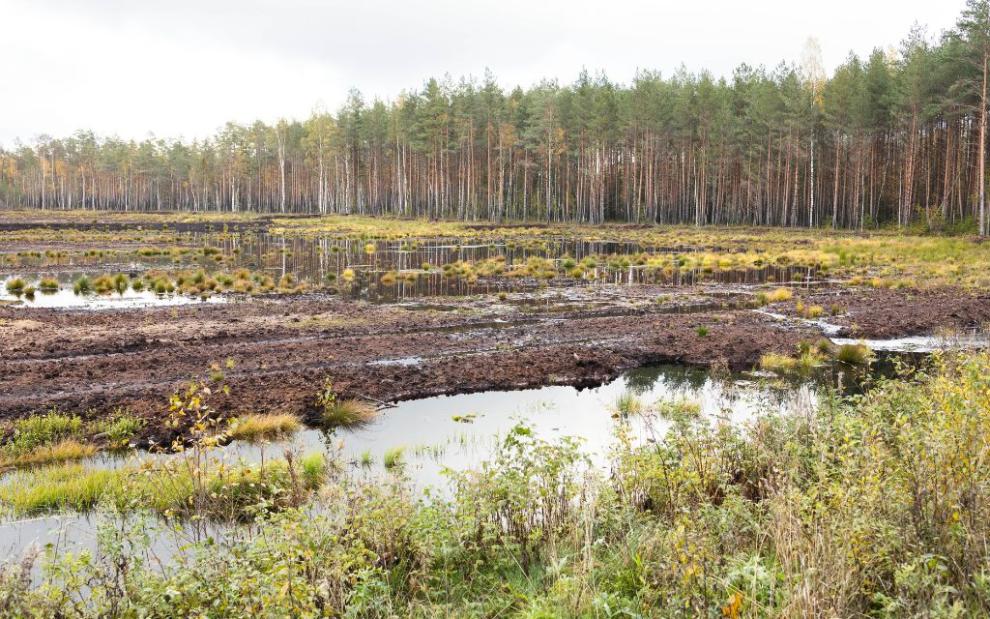Wetland restoration is crucial for both emotional and environmental well-being. Discover more in our new video.

Wetland restoration is crucial for both emotional and environmental well-being. The sense of belonging that comes from spending time in quiet, peaceful areas, such as picking berries or walking in untouched nature, is essential for our mental health. Moreover, wetlands play a vital role in sequestering carbon from the atmosphere, making them a vital component in the fight against global warming.
In Estonia, peatlands cover approximately 23% of the total area, but only about 6% of these areas remain untouched and functioning as peatlands. The remaining areas have been drained for agricultural or forestry purposes, which has a significant impact on the environment. When a wetland is drained, the anaerobic environment is disturbed, leading to active peat decomposition and the release of stored carbon into the atmosphere as CO2, contributing to global warming.
The main cause of peatland degradation is drainage, which has been a significant issue throughout history. In Estonia, most drained peat-soil areas are used for agriculture, followed by forestry and peat fields. Peat fields are particularly noticeable due to their lack of vegetation cover, making it difficult for plants to grow. This highlights the need for proactive measures to restore these areas to their natural state and allow them to regenerate as bogs. Wetlands are essential ecosystems that sequester carbon and store it for extended periods, even thousands of years.
Once carbon is locked up in wetlands, it remains there unless there are significant changes. This makes wetland restoration a critical component in the fight against climate change.
The REWET project, funded by the European Union as part of the Horizon Europe programme, aims to restore peatlands and turn carbon-emitting systems back into long-term carbon sinks. The project involves partners across Europe and includes an "open lab" in Estonia, where the restored Ess-soo bog, which was restored in 2021, will be monitored for long-term carbon sequestration and biodiversity recovery.
We have discussed the past and future of Estonian wetlands with Ain Kull and Kuno Kasak, professors at the University of Tartu.
Watch the video by KNEIA here!